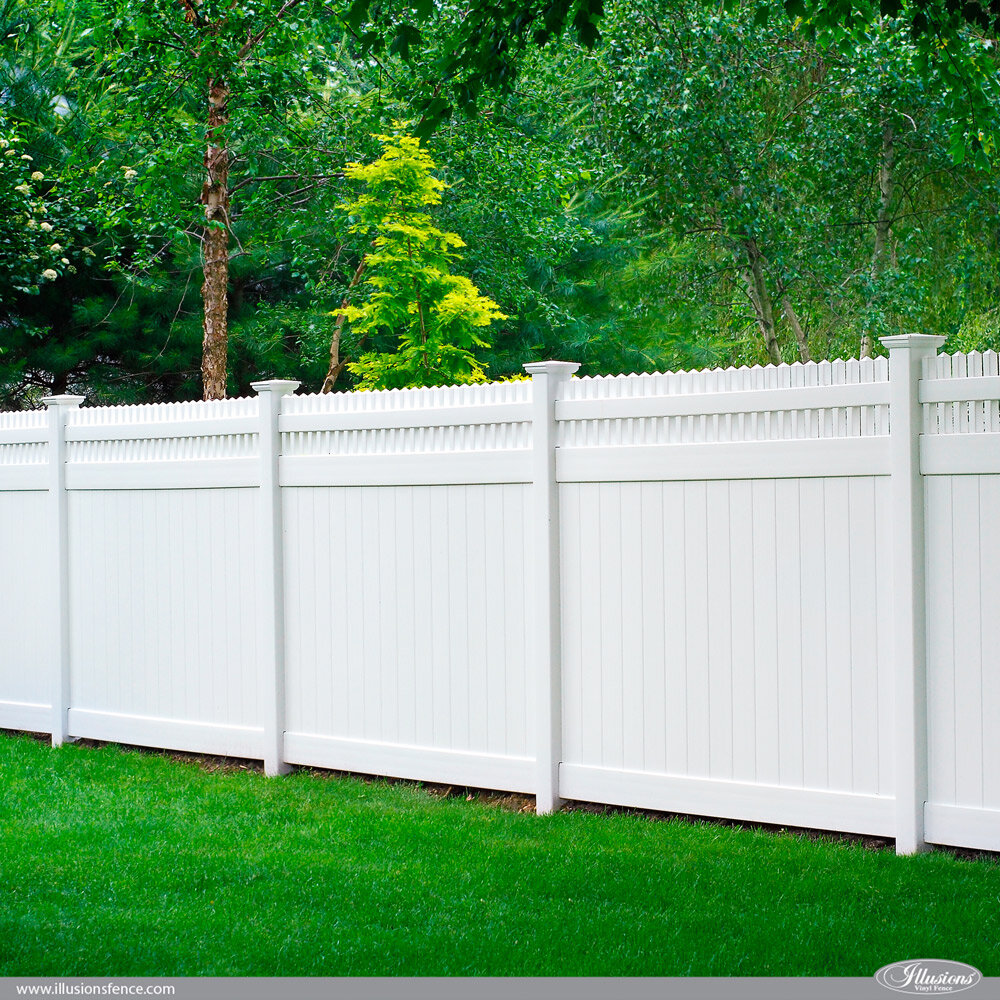All Categories
Featured
When preparing to mount a new fencing, it's simple to focus only on the preliminary cost of products and labor. Nevertheless, several hidden prices can influence your total budget, potentially causing unforeseen expenditures down the line. By making up these additional aspects from the beginning, you can guarantee and avoid shocks that your fencing installment remains on track economically. Let's discover some of one of the most common concealed expenses that usually obtain overlooked when budgeting for a fence.
![]()
![]()
![]()
Final thought. When budgeting for a fencing setup, it's necessary to account for both the apparent and hidden prices. Preparation in advance for these hidden prices will help make sure that your fencing installation goes efficiently and remains within your spending plan.

- Home Prep Work and Land Clearing Up. Before the fencing installation even begins, home preparation may be required. These preparation costs are often ignored, yet they are essential for making certain a smooth setup procedure.
- Fence Permits and Zoning Regulations. Several home owners are not aware that setting up a fencing frequently requires a license, especially if it goes beyond particular height constraints or is situated in a details zoning area. Local structure codes and guidelines can differ, and stopping working to get the essential authorizations can result in fines or also the removal of the fence.
- Shipment and Transportation Fees. The expense of delivering fencing materials to your home can be an ignored cost. If you're acquiring materials from a supplier that's not in your immediate location, shipment costs can be substantial, specifically for mass or hefty products like timber or stone. Some professionals may consist of delivery costs in their first quote, while others might charge separately for transportation. See to it to validate this upfront to stop any type of shock charges.
- Installation Clean-up and Disposal. When your fencing is mounted, there will likely be remaining products and particles from the old fencing or from the installment process. While some contractors consist of clean-up in their price, others may charge additional for carrying away particles or removing the work site. If you're dealing with a contractor, clear up whether cleaning is included in the general expense or if it will be a surcharge. This way, you can avoid unanticipated fees when the task is complete.
- Maintenance and Long-Term Care. Wood fences require regular staining or paint to shield them from the elements, while vinyl fencings may just require occasional cleaning. Routine maintenance can help prolong the life of your fence, but it also adds a continuous price that must be factored into your long-lasting spending plan.

- Unique Functions and Personalization. Several homeowners choose for adding gates, attractive elements, or safety and security attributes to their fences, which can increase the total expense. If you're preparing to incorporate special features into your fencing, it's essential to discuss these things with your service provider and ensure they are accounted for in your preliminary quote.
- Unforeseen Issues and Backups. No issue how comprehensive your preparation is, unexpected problems can arise during the setup procedure. This will give you some versatility if unpredicted obstacles emerge throughout the installation.
- Warranty and Insurance Prices. Some fencing materials come with service warranties, however it is essential to understand the terms of these service warranties and any linked expenses. Some guarantees may need you to maintain the fence in a specific means, such as regular treatments or examinations, in order for the service warranty to continue to be valid. Furthermore, if you need to purchase added insurance for the fence, this might contribute to your overall expenses.

Final thought. When budgeting for a fencing setup, it's necessary to account for both the apparent and hidden prices. Preparation in advance for these hidden prices will help make sure that your fencing installation goes efficiently and remains within your spending plan.
Latest Posts
Check Out the Best Auto Repair Discounts in Montclare, Chicago
Published May 27, 25
1 min read
Why Chicago Drivers Select Montclare Auto Repair for Reliable Service and Significant Savings
Published May 26, 25
1 min read
Find Out How WyHy Federal Credit Union Saves You Money on Loans and Savings
Published May 25, 25
1 min read
More
Latest Posts
Check Out the Best Auto Repair Discounts in Montclare, Chicago
Published May 27, 25
1 min read
Why Chicago Drivers Select Montclare Auto Repair for Reliable Service and Significant Savings
Published May 26, 25
1 min read
Find Out How WyHy Federal Credit Union Saves You Money on Loans and Savings
Published May 25, 25
1 min read